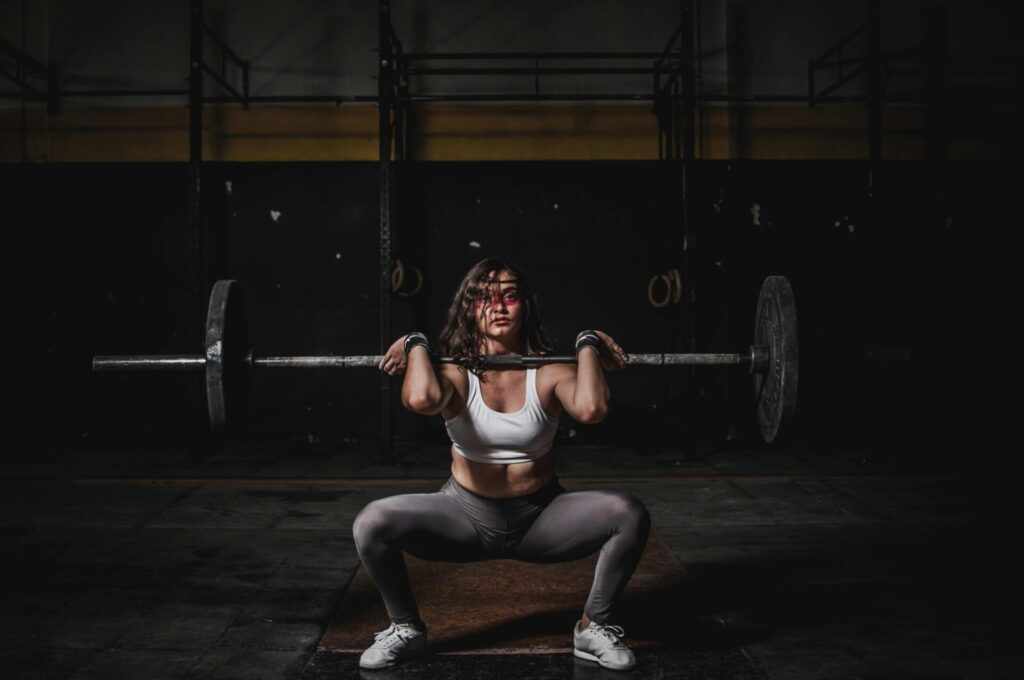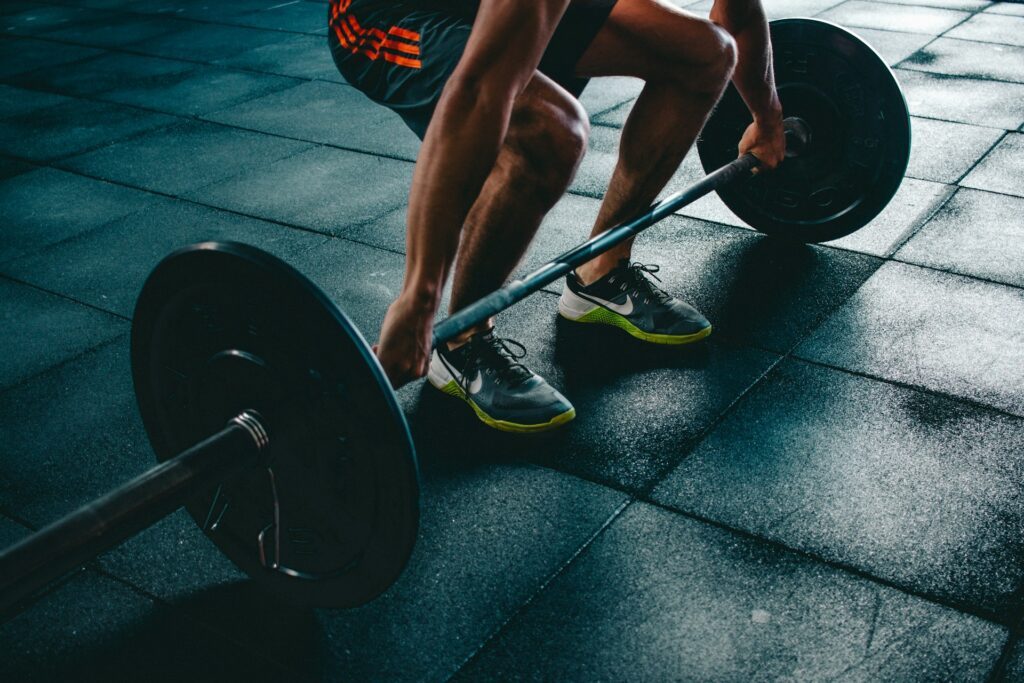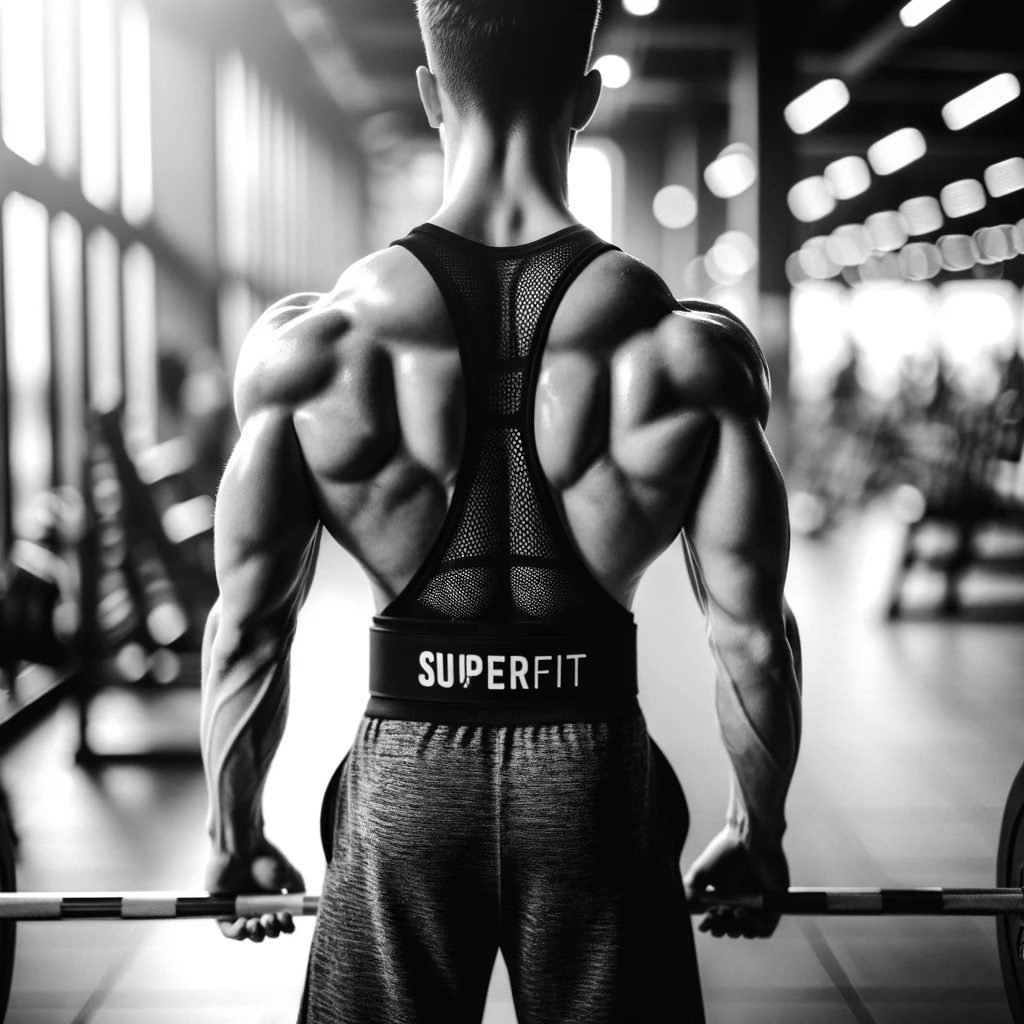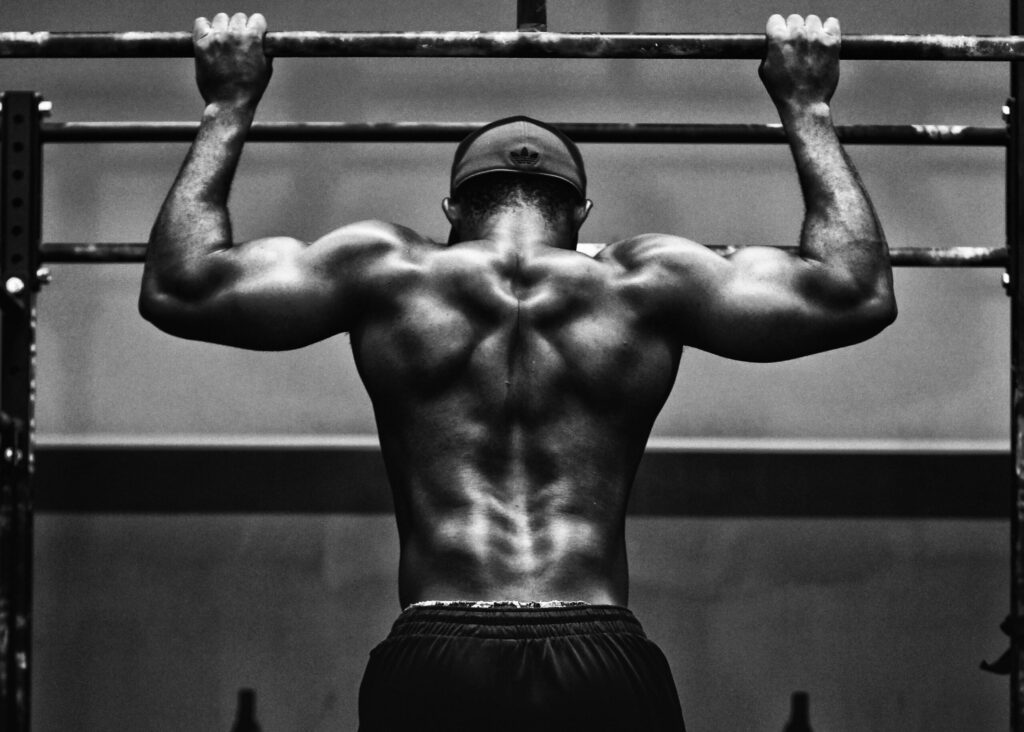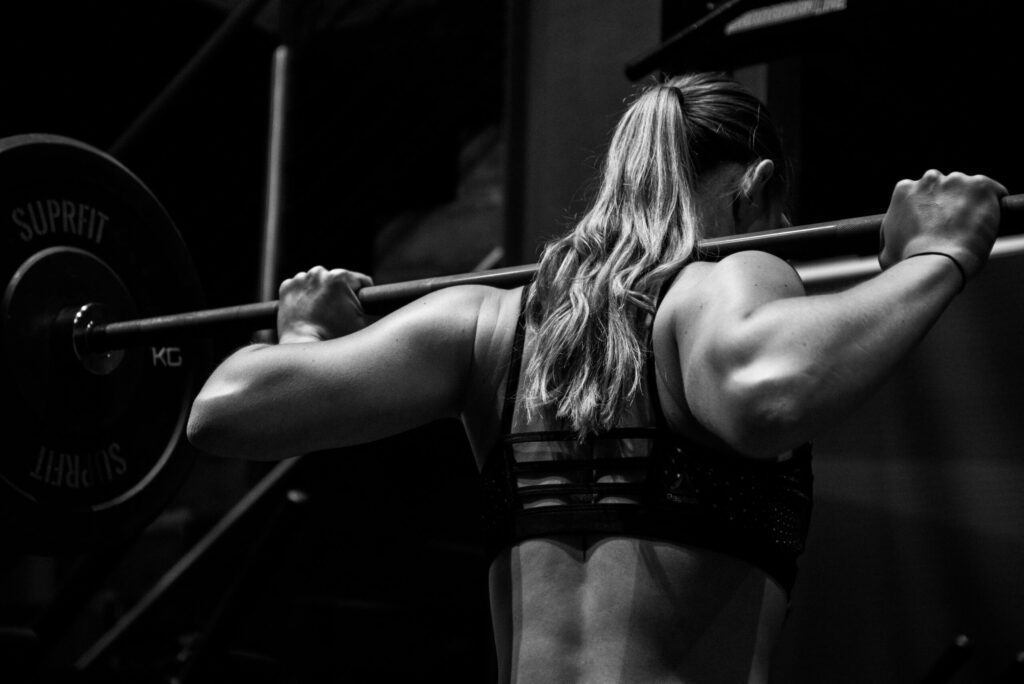There are not many people that could tell me they have never dreamed about having washboard abs and the thin waist they see spread all over magazines and social media. Well I’m here to say it is possible but they do need to be worked for and there are a few keys points we will talk about in this article that will have you well on your way!
Anatomy
To train your abdominals you should actually understand what your core consists of. Our abdominals are made of 4 layers and we will outline each below.
Rectus Abdominals (RA): This is the 6 pack! The RA is the outer most layer of the abdominals and originates from the pelvis and inserts into the sternum and costal cartilages (part of ribs). Fibres in this muscle run straight up and down and therefore when they shorten/contract it causes flexion at the trunk.
External Oblique (EO): Next in line the EO. It originates from the lower 8 ribs and inserts into 2 points on the pelvis (iliac crest and pubic crest) and the linea alba. It’s fibres therefore run diagonally down and in (think putting hand in pockets). The movements it creates include flexing (forward and lateral) and rotating the trunk.
Internal Oblique (IO): The IO originates from the thoracolumbar fascia, pelvis and inguinal ligament and inserts into ribs 10-12, linea alba and pubic crest. Its fibres run in the opposite direction to the EO, so up and in but both work together to create trunk flexion (forward and lateral) and trunk rotation.
Transverse Abdominals (TA): Lastly in line is the TA which is the inner most layer. It originates from the ribs 7-12, thoracolumbar fascia, iliac crest of the pelvis and inguinal ligament. The insertion points include linea alba, pubic crest and pectan. The fibres run horizontally and its main function is to provide stability to the spine and pelvis. Think of it as your own weight belt.
Training
So what was with all that nonsense above about origins, insertions where the muscles fibres run blah blah blah that you have no interest in and probably skimmed over. You are here for wash board abs not a anatomy lesson right? Now ask yourself how those 100 sit ups a day are working for you? To train our core effectively we need to use a variety of movements. Why, because each layer has differences in structure which means you’ll need a variety of exercise to cover all of them. Look at it like this, when you train arms you don’t just do bicep curls and hope your triceps grow, you need to use a different set if exercises to train a different part of your arm. Let’s go through each layer below.
RA: As discussed the main action is trunk flexion so therefore exercises that require bending forward at the torso (loaded or body weight/gravity) will train this.Yes yes crunches are a way to train your RA but make sure that when you crunch you actually flex at the trunk not the hips! If your torso remains straight while you do a crunch then you are training your hip flexors and no one has ever said “Wow your hip flexors look great”. Our hip flexors are also generally tight as is so we definitely need to avoid doing crunches like this. Instead think about curving up by peeling your spine segment by segment form the ground. We can also flex the trunk by moving the hips up and keeping our upper body still. Leg raises do this but again don’t just lift your legs, curl your hips from the surface up and contract your abdominals.
Best exercises: cable crunch, handing leg raises, fit ball crunch, decline crunch
EO and IO: These two we will talk about together as they tend to work with each other to provide movement at the trunk. So in trunk rotation the direction of the fibres in each dictates which side of the muscle contributes to the movement. In an example, if we rotate the trunk to the left then the muscles working are the right EO and the left IO. If you go back to the insertion points and the direction of muscles fibres you’ll see how this makes sense. Pure lateral flexion uses the EO and IO on the same side of the body. So bending to your left uses the left EO and left IO. If all contract simultaneously then they are contributing to pure trunk flexion. It’s good to attack both these muscles from different angles as they are so diverse in the movements they create.
Best exercise: Kneeling woodchops, kneeling cable twist (low to high), Cable oblique crunch*, russian twist
*side note – Oblique crunches are great but please only load one side of your body. Holding weights in both hands and crunching side to side does nothing!!! They counter balance each other so you may as well just stand still.
TA: The TA is the silent achiever. You can’t see it, the exercises can be boring but when it’s strong, you’re strong. When is contracts it provides the spine and pelvis with stability so essentially it’s there to resist forces that are trying to move our body. In my opinion this is the most important layer for lifting and overall health. To train the TA we are looking for exercises that challenge us to hold a stable body position against load or unstable surfaces. Everyone knows the plank but not many do it correctly and basically all they will feel is a stiff back and burning shoulders. To properly plank you need a neutral pelvis (squeeze glutes) and to activate TA think ‘suck belly button into spine’. A great way to train your TA is through doing the big lifts (squats, deadlifts, presses, rows etc). Why? Because To provide a stable base and protect our spine during these movements the TA must be active. Anti rotation movements where we must again resist load are also great ways to train the TA (pallof press).
Best exercises: Compound resistance exercises, pallof press, roll outs, leg lowers, dead bug
Nutrition
Ever heard “Abs are made in the kitchen.”? Well it’s true. What you need to know is that everyone has abs, its what’s covering them that’s the biggest issue. Have you seen the dudes at the gym that post all their ab selfies on IG but would be lucky to weigh 50kg and hardly ever actually touch a dumbbell? Well it’s because they have hardly any body fat not because they have the secret formula to a ripped core. Don’t take this the wrong way and not train your abs just because I said everyone has them. Everyone has shoulders but you still train them. So how do we get those abs to pop? Drop body fat. Men will generally start to see abs at about 10-12% BF and women 15-17% BF. The good thing about these numbers is they they are sustainable. The diced athletes you see on magazines and competitions only look like that for a few days and the actual process of getting there is not only unsustainable but also not overly enjoyable and most of those athletes will attest to that. By all means go for that look if you like but take note when I say it’s only a short term thing.
To drop body fat you need to be consuming less energy than you are expending. The best way to do this is find your maintenance calorie intake by diet trackers (My Fitness Pal) or a basal metabolic rate calculator. Once you have that figure established you need to eat 200-400 calories under this figure focusing on high protein meals (1-2 servings each meal) with unrefined carbohydrates, vegetables and healthy fat sources. Start simple and once progress starts to slow then it may be time to get some help in terms of manipulating macro nutrients for further fat loss. It’s important to remember that carbs and fat don’t make you fat! Eating too much of them make you fat and for your everyday person you can absolutely lose fat by eating all the macronutrients.
Example Workout
Below is an example workout for your core. When you train your core focus on quality over quantity. Once your core fatigues it’s generally the lower back that takes the load which is absolutely counter productive to what we want. A good way to easily keep your core activated during a majority of movements is to squeeze your abs and glutes during the entire set. My recommendation is that you avoid training core at the start of any heavy resistance training days. Either do it post session, have it on a active recovery day or before training something like arms where a fatigued core may not be as detrimental to lifts. Going into deadlifts with a fatigued core is a terrible idea, trust me.
Complete 3-5 sets with 1 minute rest between rounds
Roll out – 10 reps
Bench single leg lowers – 8 reps each leg
Pallof Press – 8 each side
Cable crunch – 12 reps
Woodchops – 10 reps each side



